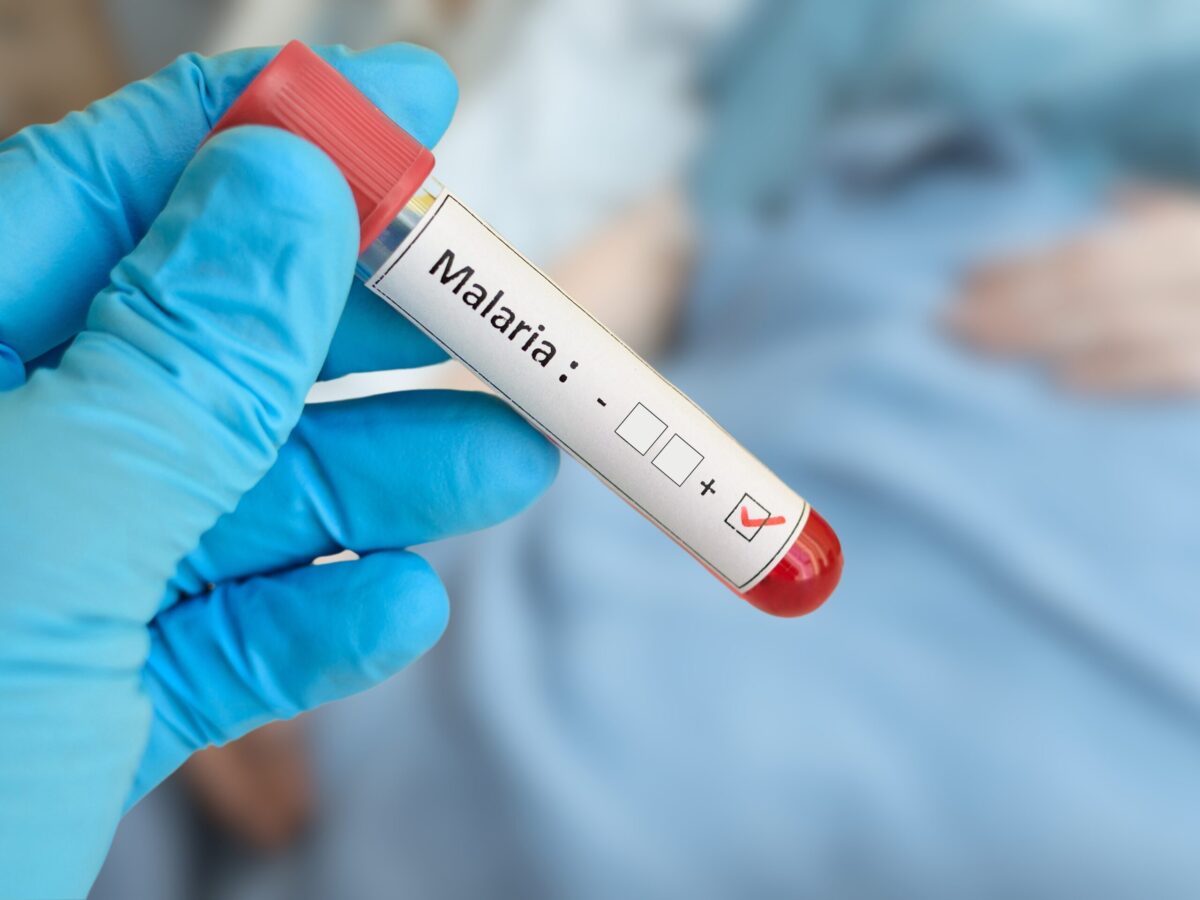Biopharmaceutical company Incyte received approval from the US Food and Drug Administration (FDA) for Opzelura (ruxolitinib) cream 1.5 percent for the topical treatment of nonsegmental vitiligo in adult and pediatric patients 12 years of age and older.
The approval is groundbreaking as it makes Opzelura the first and only FDA-approved treatment for repigmentation in vitiligo. It is also the only topical formulation of a Janus kinase (JAK) inhibitor approved in the US.
According to Incyte, the JAK pathway is thought to drive inflammation associated with the pathogenesis and progression of vitiligo.
Opzelura has been approved for twice a day continuous topical use on affected areas of the skin of up to ten percent of the body’s surface area for patients with nonsegmental vitiligo. Incyte explained in a press release that patients may need to apply the cream for at least 24 weeks before seeing satisfactory results.
Vitiligo is generally classified as an autoimmune disorder that leads to impaired functioning of melanocytes, which are pigment-producing cells, resulting in depigmentation of the skin.
Nonsegmental vitiligo is the most common form of the condition, and it affects both sides of the body, as opposed to segmental vitiligo which typically only affects one area.
Approximately 1.5 million people in the US are affected by vitiligo and before Opzelura’s approval, there were no FDA-approved therapies for repigmentation in vitiligo.
Related: Eli Lilly’s Olumiant Wins FDA Approval as First Systemic Treatment for Alopecia Areata
Opzelura’s vitiligo nod did come a few months later than initially expected, after the FDA in March said it needed extra time to review additional data from the phase II studies, which it flagged as a “major amendment.”
“With the approval of Opzelura in nonsegmental vitiligo, Incyte has once again delivered a treatment to patients with high unmet medical need who previously had no approved therapies,” said Hervé Hoppenot, chief executive officer, Incyte in a news release from the company. “We are proud of Incyte’s scientists and development teams that have made this milestone possible, and we’re pleased that eligible vitiligo patients now have a choice to address repigmentation.”
The approval of Opzelura was based on results from the pivotal Phase III TRuE-V clinical trial program (TRuE-V1 and TRuE-V2), evaluating the safety and efficacy of Opzelura versus vehicle in more than 600 individuals aged 12 and older with nonsegmental vitiligo.
The studies showed that treatment with Opzelura led to significant improvements in facial and total body repigmentation measured by Vitiligo Area Scoring Index (VASI) scores at Week 24 (primary analysis) compared to vehicle (non-medicated cream), and in an open-label extension at Week 52.
Results at Week 24 revealed that about 30 percent of patients that received Opzelura achieved a greater than 75 percent improvement in the primary endpoint of the facial Vitiligo Area Scoring Index (F-VASI75) from baseline compared to approximately eight percent and 13 percent of patients treated with vehicle in TRuE-V1 and TRuE-V2, respectively. At Week 52, 50 percent of Opzelura-treated patients achieved the primary endpoint.
Incyte also explained that at Week 24, more than 15 percent of patients treated with Opzelura achieved greater than 90 percent improvement from baseline in F-VASI (F-VASI90), compared to approximately two percent of patients treated with vehicle. At Week 52, the percentage of Opzelura-treated patients who achieved F-VASI90 went up two times to approximately 30 percent.
The incidence of adverse reactions was less than one percent and the most common ones included acne at application site, application site pruritus (itchy skin), nasopharyngitis, headache, urinary tract infection, application site erythema (skin rash caused by injured or inflamed capillaries) and fever.
As a JAK inhibitor, the labeling for Opzelura includes a Boxed Warning for serious infections, mortality, malignancy, major adverse cardiovascular events and thrombosis. However, Incyte said it must be noted that these issues are associated with oral JAK inhibitors and others for treatment of inflammatory conditions; the warning for the topical cream is only theoretical at this point.
Opzelura’s vitiligo FDA approval is the second it has received in just under a year. In September 2021, the FDA gave the medication a nod for the treatment of mild to moderate atopic dermatitis for patients 12 years of age and older who aren’t suitable for, or have failed, other topical medications.












Join or login to leave a comment
JOIN LOGIN